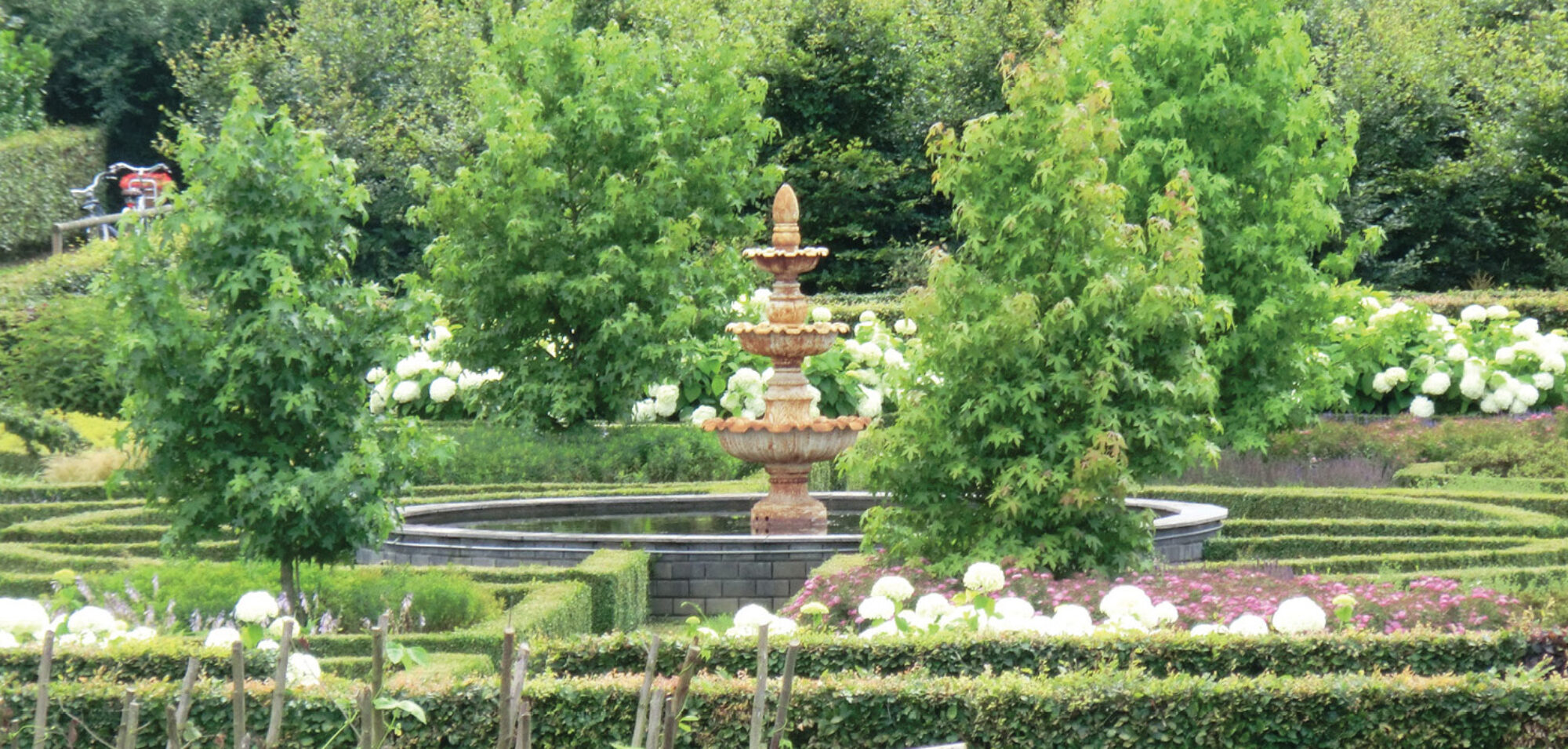Protecting Nature Estates from PFAS Contamination
As you step into the realm of De Roode Vennen estate, situated amidst the breathtaking landscape of North Brabant, a wave of natural serenity envelops you. The estate is meticulously designed to be a self-contained natural ecosystem, free from the threats of modern pollution. Yet, unseen to the naked eye, per- and polyfluoroalkyl substances (PFAS) have begun to breach the boundaries of this idyllic habitat. It is here, in this paradox of beauty and potential peril, that the role of attorneys specializing in PFAS contamination comes into focus, helping to secure a future for estates like De Roode Vennen.
From the moment you enter the dense forest of pine trees to the tranquility of the clear waters of the lake, you are surrounded by nature. Just as important is what the eye does not see: a balanced ecosystem where flora, fauna, and water bodies coexist in harmony. Yet, in this paradise, there lurks a danger: PFAS contamination. From perfluorooctanoic acid (PFOA) to perfluorobutane sulfonate (PFBS), these toxic substances have found a way to infiltrate even the most pristine of environments. As industries and households alike have used products containing these toxic substances in everything from industrial degreasers to stain-resistant carpets, it is no wonder that PFAS have become ubiquitous in the environment.
Despite the picturesque surroundings that must be protected, the potential presence of PFAS poses an obvious threat to the estate. Experts are at risk of detecting elevated levels of PFAS on the estate, which can negatively impact the ecosystem. Toxicity studies have linked PFAS to a host of health problems that can harm the estate’s animals and wildlife. Depending on exposure levels and duration, PFAS can affect mammals and birds in three main ways. PFAS are thought to affect the immune system, impacting immune response and disease vulnerability. PFAS can also negatively impact the reproductive system. PFAS can have multiple impacts resulting in adverse effects on the reproductive system in adults and development of growing fetuses. PFAS has also been shown to have carcinogenic properties in several mammalian species. These effects can be devastating to the ecosystem.
So, what can the role of attorneys specializing in PFAS contamination possibly be in this scenario? Think of them as guardians of the estate’s future. Their expertise lies in navigating the complex web of legislation that governs such situations, ensuring that the ecosystem not only survives but thrives. This means assessing the threat, documenting it thoroughly, and then employing various legal strategies to mitigate the risk.
Common Tactics Employed by Attorneys
Common tactics employed by attorneys specializing in PFAS contamination could include:
- Conducting thorough environmental assessments
- Engaging with regulatory bodies
- Implementing remediation strategies
- Advocating for community awareness and involvement
While these strategies may seem basic, their implementation can be crucial for the future of nature estates like De Roode Vennen. This alignment not only aids in the preservation of the natural environment but also fortifies the legal framework within which these areas operate. Doing so assures all that nature estates remain the preserved havens they are meant to be.
Still, the implications of PFAS go beyond flora and fauna. Even walking and cycling paths across the estate may face challenges. Contamination can result in prohibited actions from health and safety authorities, limiting or shutting down access to specific areas. Not only does this impact the experience of visitors, but it can also affect the ecosystem as these areas are vital for biodiversity.
So, what actions do attorneys specializing in PFAS contamination take if common remedies fail? Some may involve:
- Litigation against responsible parties
- Negotiating settlements for affected communities
- Advocating for stronger regulations
But how do these actions affect a nature estate targeted by PFAS? Well, like any other property, the legal implications could be far-reaching. For example, if contamination is found, nature estates could face stringent cleanup laws. Compliance might involve significant costs, affecting the estate’s ongoing sustainability.
To further underscore the role of community and stakeholders, potential involvement can range from community consultations to environmental impact assessments. Without community support, both logistical and moral, no legal initiative can succeed long-term.
If you’re a nature estate visitor, you might be wondering: “What can I do?” Well, even unsuspecting visitors can be invaluable by simply being aware. When visiting nature estates like De Roode Vennen, consider the impact of your visit. For example, if you see a camping area for RVs that is listed as closed, it should remain closed. You might also encourage others to respect all the rules, thus protecting the integrity of the entire natural habitat.
The bottom line is that nature estates have many allies, both in the natural world and beyond. From trees and streams to the human points-of-view guided by specialized attorneys, each element plays a vital role. So, whether you are visiting De Roode Vennen or another nature estate, think about how you can contribute positively.

